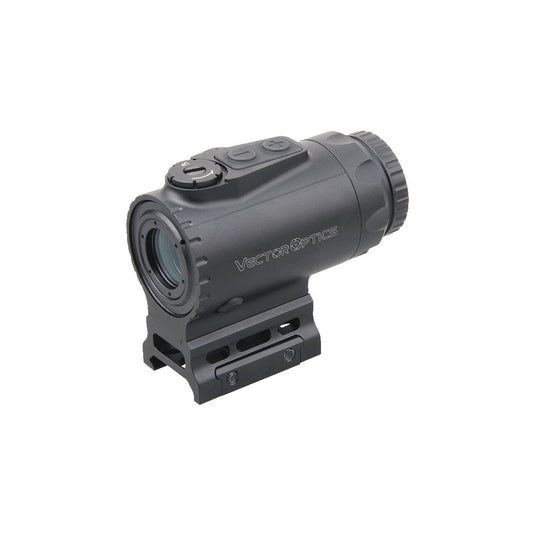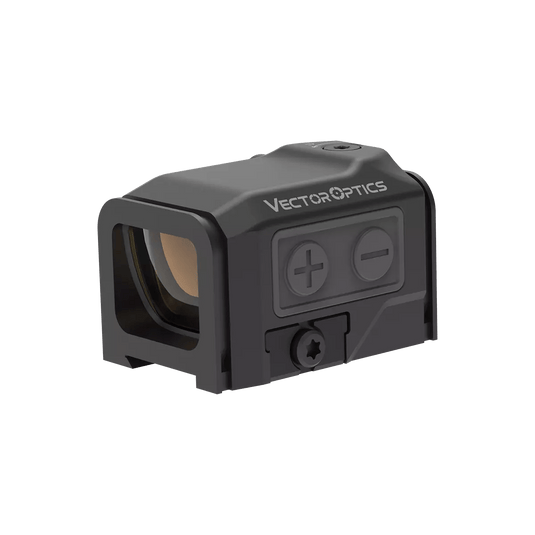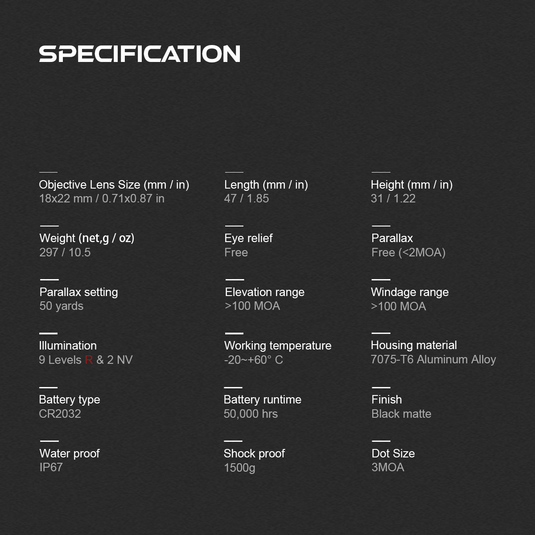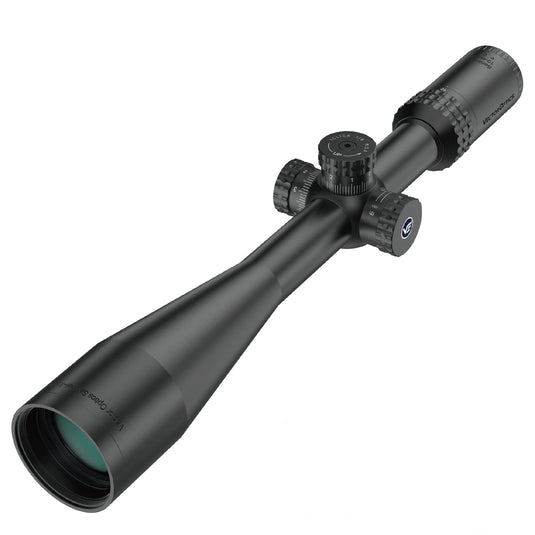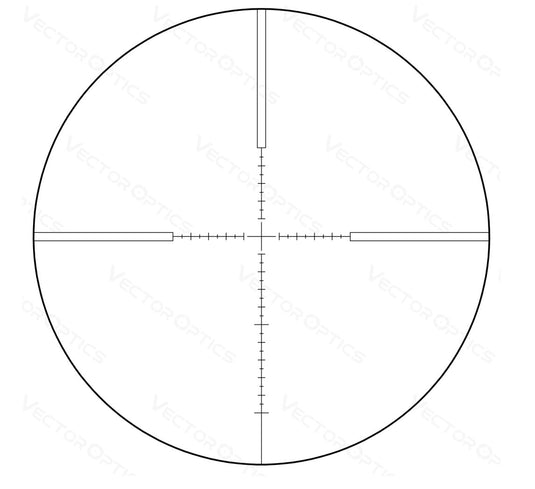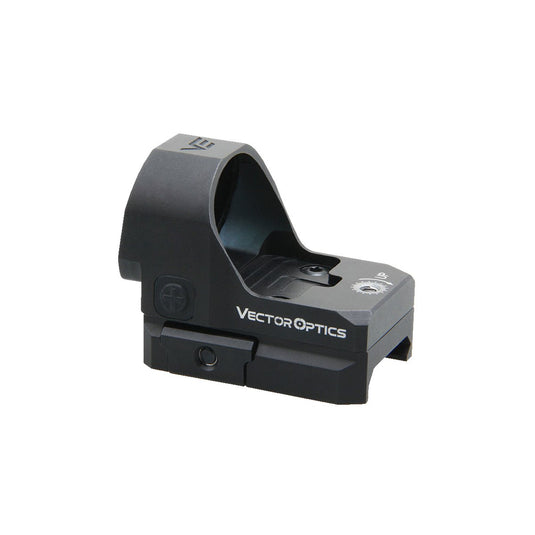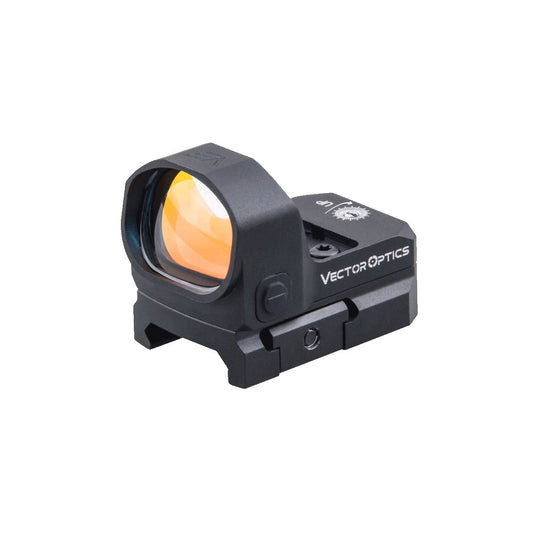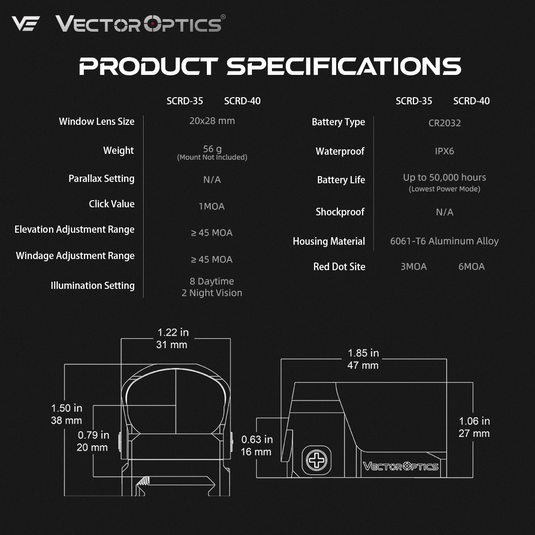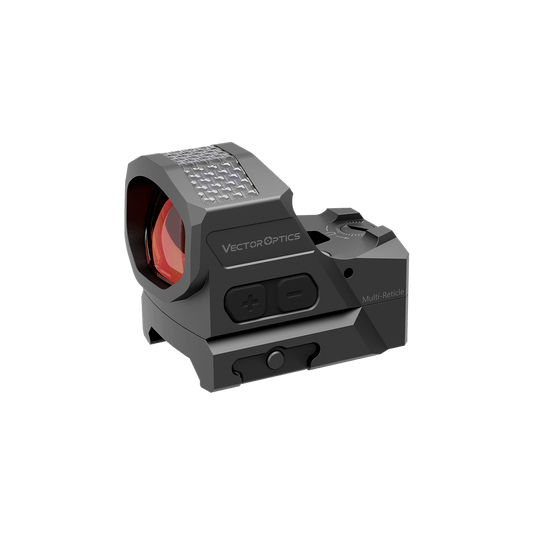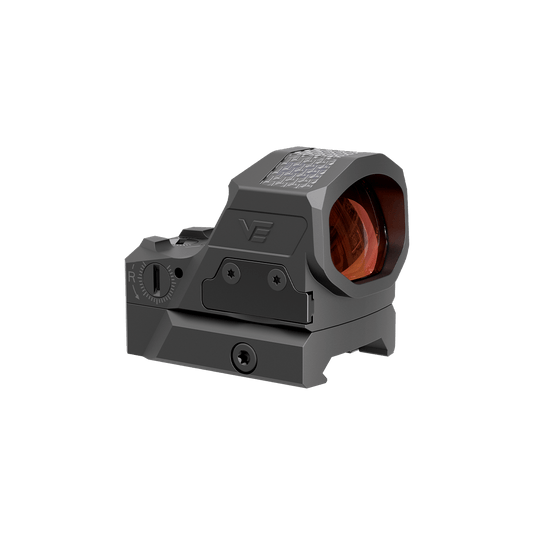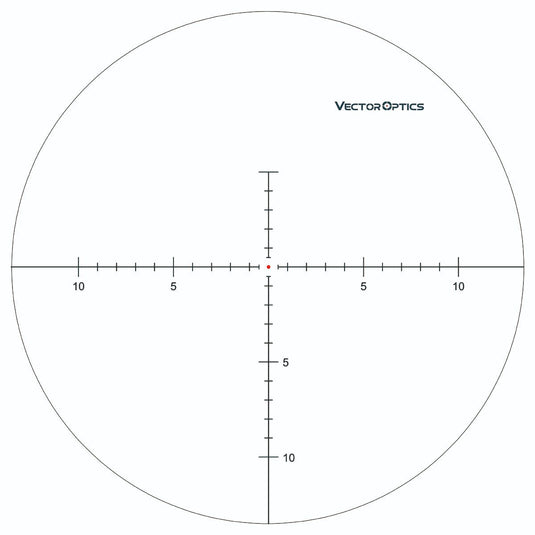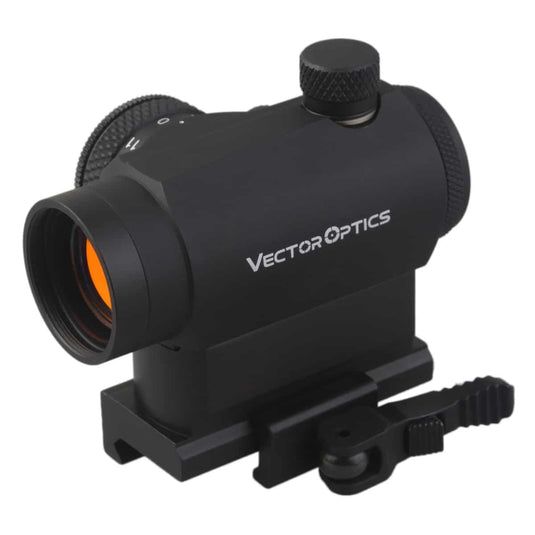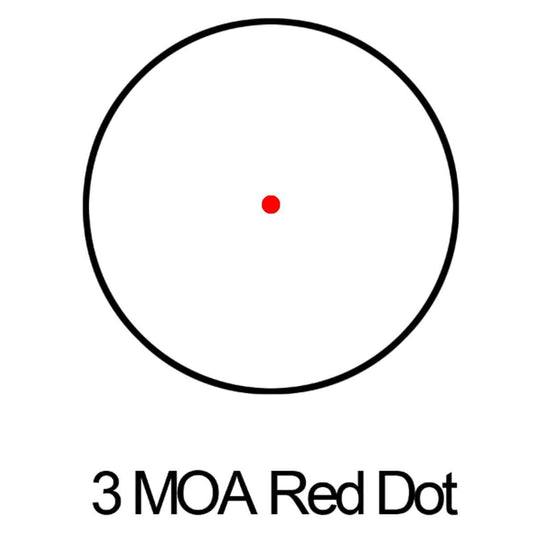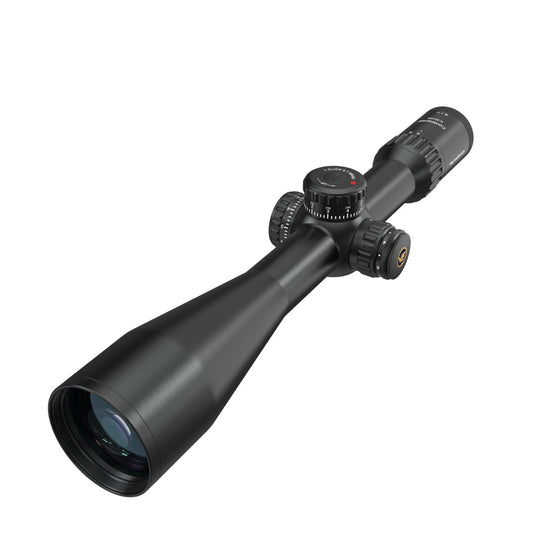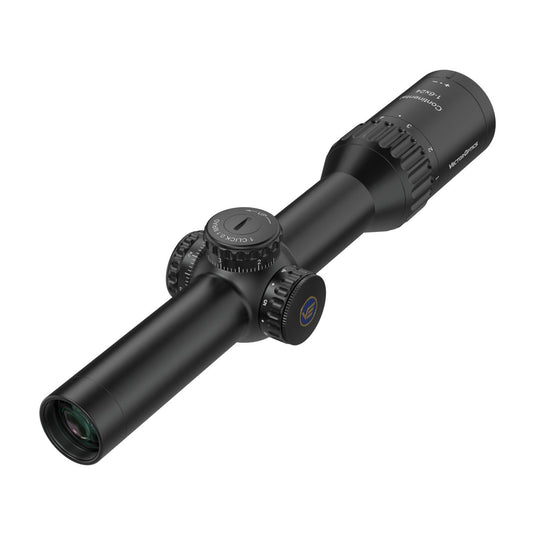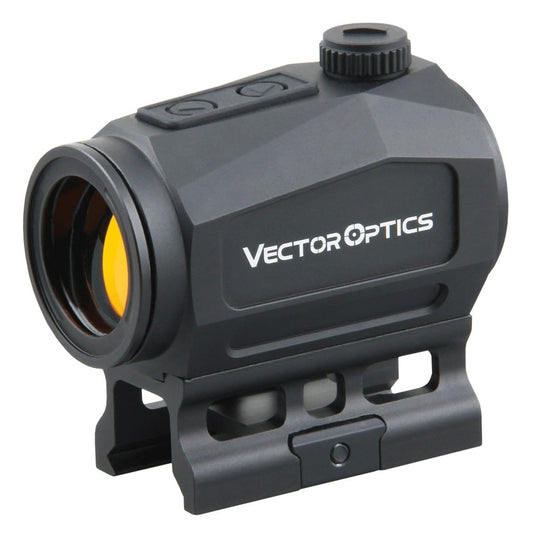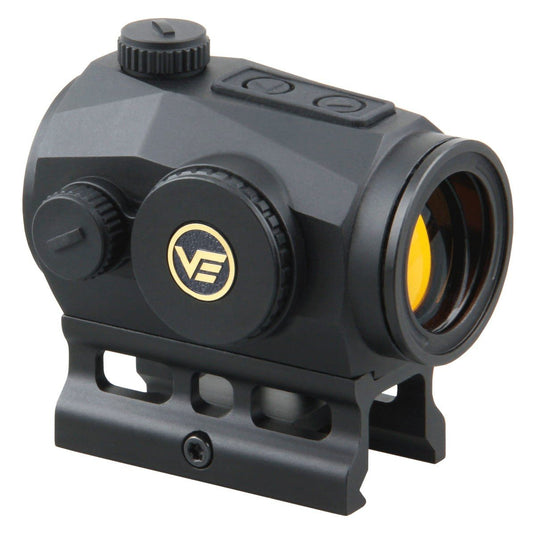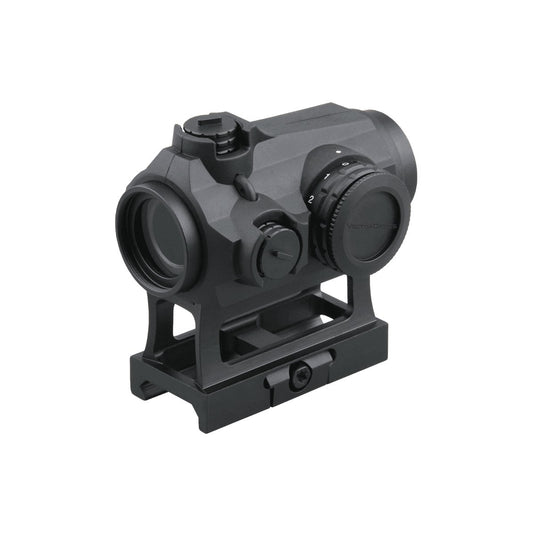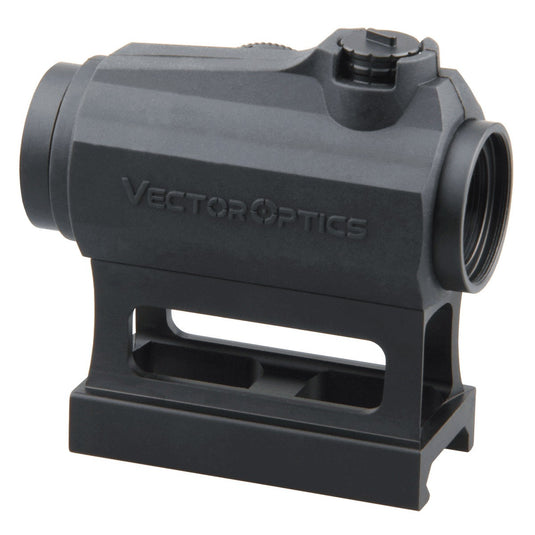Scope mounts can be categorized by design, mounting method, and material. Each type offers unique advantages and trade-offs that affect stability, installation ease, and long-term performance.
I: Types of Scope Mounts: Understanding Your Options
1. By Design: One Pair of Scope Rings vs. One-Piece Scope Mounts
One Pair of Scope Rings
- Two separate rings that clamp around the scope tube
- Each ring consists of a ring body (base) and a removable ring cap
- Also called separate or two-piece rings
One-Piece Scope Mounts
- Single integrated base combining rings and mount into one unit
- Ensures consistent alignment and easier installation

Shooters often use “scope rings” to describe the two-piece style, while “scope mounts” is more typically used for one-piece designs.
Pros & Cons: One Pair of Scope Rings vs. One-Piece Scope Mounts
| Type | Pros | Cons |
|---|---|---|
| One-Piece Scope Mounts |
|
|
| One Pair of Scope Rings |
|
|
-
Rails on the upper receiver and handguard can shift slightly.
-
Never mount front ring on handguard and rear ring on receiver.
-
Use a cantilever or one-piece mount on the receiver for stability.

Recommended AR-15 Mounts:
- 30mm 1-Piece Extended Picatinny AR Mount (XASR-3031)
- 30mm 1-Piece Extended Picatinny AR Mount 20MOA (XASR-3032)
2. By Mounting Method: Fixed Mount vs. Quick Release Mount
Fixed Mount
- Secured with screws and requires tools (e.g., torque wrench, Allen keys)
- Provides the most solid, vibration-resistant connection
Quick Release Mount
- Uses levers, buttons, or cam locks for tool-less mounting and removal
- Ideal for quickly switching optics between rifles or setups
- Frequent removal may require re-zeroing
Pros & Cons: Fixed Mount vs. Quick Release Mount
| Type | Pros | Cons | Recommended SKUs |
|---|---|---|---|
| Fixed Mount |
|
|
XASR-3100, XASR-F3100, XASR-3010, XASR-3011, XASR-3012, XASR-3013, XASR-3031, XASR-3032, XASR-3033, XASR-3037, XASR-3035, XASR-3036, XASR-3014, XASR-3015 |
| Quick Release Mount |
|
|
XASR-SQ01, XASR-SQ02, XASR-SQ03, XASR-SQ10, XASR-SQ11, XASR-SQ12, XASR-SQ13 |
Recommended Series: X-Accu Mounts (SKU: XASR-XXXX)
— precision CNC machining, durable construction, and multiple size/height options for versatile applications.
3. By Material: Aluminum Alloy, Steel, Titanium Alloy
Material choice affects weight, durability, corrosion resistance, and cost:
Pros & Cons: Scope Mount Materials
| Material | Pros | Cons | Recommended SKUs |
|---|---|---|---|
| 6061-T6 Aluminum Alloy |
|
|
XASR-3038, XASR-F3038, XASR-RM01 |
| 7075-T6 Aluminum Alloy |
|
|
XASR-3471, XASR-3472, XASR-3473, XASR-3071, XASSR-3072, XASR-3073, XASR-3033, XASR-3452, XASR-3453, XASR-3454 |
| Stainless Steel |
|
|
XASR-S01, XASR-S02, XASR-S03, XASR-SQ01, XASR-SQ02, XASR-SQ03, XASR-S11, XASR-S12, XASR-S13, XASR-SQ11, XASR-SQ12, XASR-SQ13 |
| Titanium Alloy |
|
|
XASR-3033 |
II: Special Features & Smart Designs of Scope Mounts
Modern scope mounts and rings are more than hardware—they enhance precision, comfort, and adaptability across rifles and shooting styles. Key examples include canted mounts, cantilever mounts, level mounts, and adjustable rings, each offering unique advantages for scope alignment, elevation, and shooter ergonomics.
1. Canted Mounts (20MOA and more)
Canted mounts tilt the scope at a fixed angle to assist with bullet drop compensation at long range. Common angles include 20, 30, or 40 MOA, extending the scope's usable elevation range and reducing turret adjustments.

Bullets follow a curved path due to gravity, causing drop over distance. For example, the trajectory of an Aguila 5.56×45mm 55-grain FMJ round is shown below:
Aguila 5.56×45mm 55-grain FMJ Trajectory
| Range (yards) | Velocity | Energy | Elevation |
|---|---|---|---|
| 0 | 3,260 fps | 1,298 ft-lbs | -1.5 in |
| 100 | 2,896 fps | 1,024 ft-lbs | 1.3 in |
| 200 | 2,561 fps | 801 ft-lbs | 0.0 in |
| 300 | 2,249 fps | 618 ft-lbs | -6.7 in |
| 400 | 1,960 fps | 469 ft-lbs | -20.3 in |
| 500 | 1,696 fps | 351 ft-lbs | -42.9 in |
To compensate for bullet drop, shooters adjust their scope’s elevation to match the trajectory at different distances. A canted mount provides a pre-set angle that naturally accounts for this drop. For example, a 20 MOA mount tilts the scope upward by about 20.9 inches at 100 yards, extending the scope’s usable elevation range and reducing turret adjustments for long-range shooting.

The cant angle—commonly 20, 30, or 40 MOA—determines how much extra elevation is gained. For example, a 30 MOA mount adds about 31.4 inches at 100 yards, which is crucial for targets beyond 600–800 yards. Pre-loading elevation keeps the reticle near center, preserving clarity and consistent tracking.
Canted mounts are ideal for long-range shooting, competition, and extended-range hunting, allowing cartridges like 5.56×45mm, .308 Win, or 6.5 Creedmoor to reach further without maxing turret travel. They also simplify rapid engagements by reducing frequent scope adjustments.
In general, any mount with a fixed tilt—even 5° or 10°—helps with ballistic compensation, rapid reticle switching, or range estimation, making canted mounts a key accessory for modern long-range shooting.
2. Cantilever Mounts
Cantilever mounts extend the scope forward, improving eye relief—especially useful on compact rifles like the AR-15.

For AR-15 rifles, the 30mm 1-Piece Extended Picatinny AR Scope Mount (XASR-3031) and the 20MOA version (XASR-3032) are highly recommended.
A variation with one cantilever ring and one standard ring extends eye relief while keeping the mount stable, ideal for shorter rails. The 30mm 1.25in Cantilever Dovetail Rings (XASR-3017) ensure precise positioning and secure installation on rifles with limited rail space.
3. Level Mounts
Level mounts integrate bubble or spirit levels to keep the rifle horizontal, preventing canting errors and ensuring consistent point of impact regardless of tilt.

4. Adjustable Rings
Adjustable rings allow height adjustment to fine-tune reticle positioning, mimicking a canted mount without a fixed tilt.

The X-Accu 30mm Adjustable Picatinny Rings (XASR-3040) offer reliable mounting with adjustable height from 33mm to 36mm.
III: Choosing and Installing the Right Scope Mount
1. How to Choose the Right Scope Mount
Choosing the right mount depends on your rifle, scope, and shooting style. Key factors include:
Rail System Compatibility
-
Dovetail Rails: Commonly 7mm, 3/8" (≈9.5mm), 11mm, 13mm; often on air rifles and rimfire firearms. No standardized slot spacing.
-
Picatinny Rails: Standardized 0.206" slot width, 21–22mm rail width; ensures consistent mount fit.
-
Weaver Rails: Slot width ~3.8mm, rail width similar to Picatinny. Slot spacing not standardized; usually paired with scope rings.

Tip: Match mount type to rail type (Picatinny to Picatinny, Weaver to Weaver). Ensure recoil lug sits snugly.
Scope Size
-
Tube Diameter: Common sizes 1" (25.4mm), 30mm, 34mm. Correct size ensures stable mounting.
Recommended Products by Tube Size:
-
-
1-inch: XASR-2501, XASR-2502, XASR-2503
-
30mm: XASR-3001, XASR-3002, XASR-3003, XASR-3010, XASR-3012
-
34mm: SCTM-52, SCTM-53, SCTM-54, SCTM-57, SCTM-60
-
-
Scope Height:
a. Barrel Clearance – The mount’s center height should be greater than half the scope’s maximum diameter to ensure it does not touch the barrel, receiver, or other parts.
b. Stock Height – The rifle’s stock and comb position affect your natural line of sight. A higher comb may require taller mounts for proper alignment and eye relief; shorter stocks (like on AR-15s) often need cantilever mounts.
c. Adjustment Range – Lower mounts provide more stability and increase vertical adjustment range; higher mounts offer more flexibility for long-range shooting but may slightly reduce stability.
Shooting Scenarios
| Shooting Scenario | Key Mount Feature | Feature Description |
|---|---|---|
| Long-Range Shooting | 20-30 MOA Cant | Maximizes scope's internal elevation for longer ranges |
| High-Quality Material | Aircraft-grade aluminum or steel ensures stability | |
| High-Quality Material | Helps avoid canting the rifle | |
| Hunting | Lightweight | Reduces overall rifle weight for easier carrying |
| Simple, Tool-Free Design | Easy to install or adjust in the field | |
| Weather-Resistant Finish | Resists rust and corrosion in rain or snow | |
| Competition | High Precision Machining | Ensures perfect alignment for repeatable accuracy |
| Material Strength | 7075-T6 aluminum or steel handles repeated recoil | |
| Tool-Free Adjustability / Quick Release | Saves time during stages or optic swaps | |
| Recoil Lug or Cross Bolts | Adds extra stability, especially on higher-caliber rifles |
-
Long-Range Shooting: X-Accu 30mm Adjustable Picatinny Rings (XASR-3040), X-Accu 30mm One-Piece 20MOA Medium Picatinny Mount (XASR-3011)
-
Hunting: X-Accu 30mm 1" Profile Picatinny Rings (XASR-3001)
-
Competition: X-Accu 34mm Cant 0MOA One-Piece High Picatinny Mount (XASR-3014), X-Accu 34mm Medium Profile Picatinny Rings (XASR-3453)
Rifle Type
-
AR-style rifles: Cantilever mounts for proper eye relief.
-
Spring guns: One-piece zero-recoil mounts with buffers.
-
Bolt-action rifles: Dedicated scope rings for low bore alignment.
-
Special rifles (e.g., Mosin-Nagant): Custom mounts for proper fit and stability.
Recommended Mounts by Rifle:
-
AR: XASR-3031, XASR-3032, XASR-3033
-
Bolt-action: XASR-S01, XASR-S11
-
Spring guns: SCOP-23, SCOP-24
-
Mosin-Nagant: VDSM-12
2. How to Properly Install Your Scope Mount
Tools Needed:
-
Torque wrench
-
Small bubble levels
-
Sturdy workbench or rifle vise
Steps:
-
Attach mount or rings to rail at recommended torque.
-
Align front and rear rings on the same axis.
-
Place scope at highest magnification; do not fully tighten screws yet.
-
Shoulder rifle and adjust fore-aft for natural sight picture.
-
Level scope body horizontally with a bubble level.
-
Level turret caps using a level on top.
-
Incrementally tighten screws evenly; avoid over-tightening.
-
Check eye relief, alignment, and level before finalizing.






